Rural Connections
Leveraging I&E ecosystems to strengthen university-community partnerships
By Hallie Neupert—Faculty Innovation Fellows candidate, Oregon Institute of Technology
When we think of a university town, it is easy to imagine two distinct and largely separate networks: “the town” and “the gown.” Structural and organizational differences between universities and their communities contribute to this disconnect. Those immersed in community and economic development, however, recognize that universities are an integral part of their communities rather than separate from them. To close this gap, universities should engage in learning and scholarship that both furthers their academic mission and addresses the needs of their communities. Doing so will build social capital and mutual respect, creating a foundation upon which universities and communities can collaborate on shared visions and goals.
In rural communities, limited disposable income, intergenerational poverty, and subsequent workforce challenges can hinder economic growth. For universities that reside in such communities, providing access to university resources can help leverage shared expertise while strengthening a sense of place and willingness to engage among stakeholders. Actively building these kinds of collaborative networks not only improves university-community partnerships but may also improve economic development outcomes.
But what role should a university play in their community’s broader economic development ecosystem? While there is no one right answer to this question, there are strategies that connect and strengthen organizations, creating stronger communities and regions.
The Ecosystem Landscape
Community and economic development proponents have adopted the language of ecosystems, recognizing that communities are made up of complex, adaptive, and interdependent networks of people and organizations. This includes entrepreneurial ecosystems which collaboratively connect people and resources, and innovation ecosystems which share knowledge and skills unique to invention-based enterprise. Together, these overlapping ecosystems support broader economic development efforts to improve economic well-being across communities.
In my home state of Oregon, the Lemelson Foundation is at the forefront of ecosystem discussions. Through their work they have proposed common capacities and roles necessary to support thriving innovation ecosystems including mentors, conveners, evaluators, catalysts, and advocates. How communities choose to identify with these roles offers opportunities for them to leverage their assets innovatively and creatively.
My community is constrained by the same socioeconomic challenges common to rural communities. And development of my community’s economic development ecosystem, while moving forward, must also navigate these challenges. Using the Lemelson framework, organizations in my community are working to convene and connect innovation and entrepreneurship resources as well as catalyze and leverage those resources to elevate economic well-being. As my university reimagines its engagement in this space my focus is on the student, both the roles they can play and the experience they can gain.
To support and lift up the organizations already doing good work in the ecosystem, my Faculty Innovation Fellows (FIF) project advocates for increased student engagement to strengthen connections between university and community. Bringing university resources to oftentimes underfunded and understaffed community projects provides valuable learning opportunities for students, enhances a culture of collaboration, and strengthens sense of place, leading to more intentional integration of universities in their local ecosystems while giving students real-world problem-solving experience.
A Pilot Project
In Fall 2022, I led a diverse group of university and community stakeholders in piloting a day-long design thinking workshop, enlisting area high school, community college, and university students. While this workshop provided participants with an opportunity to apply human-centered design to ideate innovative solutions to a community challenge (How might we increase tourism in our small, rural town?), it also marked the culmination of a year-long collaboration throughout which community members informed the design of this university experience. The project demonstrated the benefit of incremental and sustained collaboration across stakeholder groups; the importance of listening to the community’s needs and aligning goals; and the need to build capacity to ensure this work is sustained and supported. My FIF project builds on this, using the tools provided through the University Innovation Fellows program to leverage student engagement to explore solutions that will work for my community. Specifically, it will:
- Focus on Collaboration: Rather than lead this work, how might we socialize a model of sustained collaboration?
- Prioritize Connections: What are the university-based systems and processes beneficial to connecting stakeholders across the ecosystem?
- Redefine Success: How do we share vision? Are our goals aligned? Do we have a common set of objectives across all community organizations that clarify our direction and outcomes?
- Increase Awareness: How might we increase visibility of university resources and programming to optimize university contributions to the economic development ecosystem?
In this moment, when both the community and the university are eager to embrace innovation and entrepreneurship to support economic growth, my project looks to bring town and gown together to create experiences that will shape how students engage with our community while formalizing university-based infrastructure, systems, and processes to support this work and ensure university-community relationships are long standing. Shifting our focus from one another to instead focus on the student creates a catalyst for collaboration across the ecosystem. Moreover, when students are the nodes that connect universities and their communities, they become contributors to the ecosystems that help communities thrive.
The original article can be found in the Enhancing the Higher Ed Ecosystem section of the 2022-2023 Change Forward Journal— Visions and Voices of Higher Education’s Future.

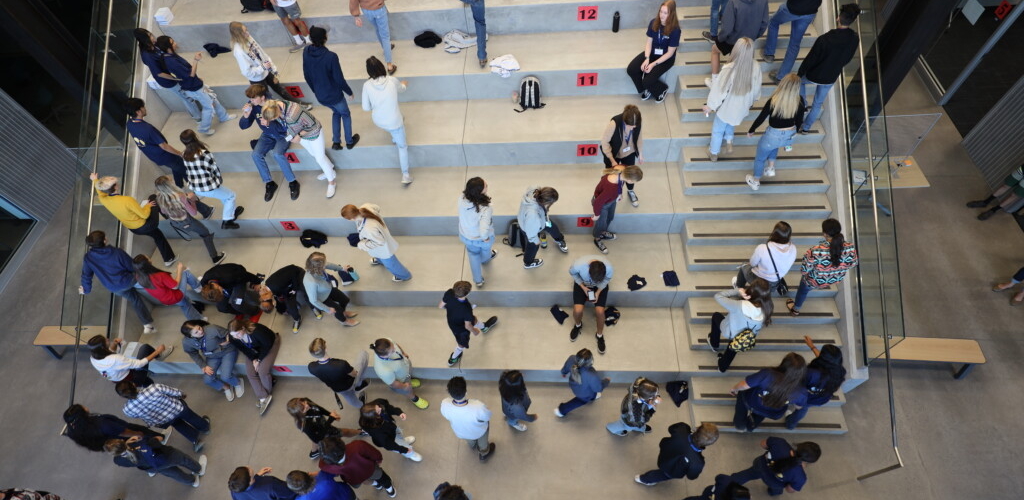 Photo credit: Doug Halvorsen
Photo credit: Doug Halvorsen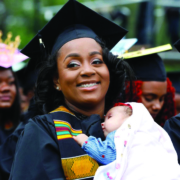

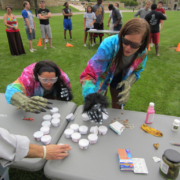
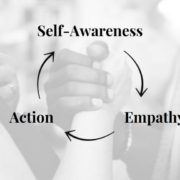 Image credit: Malte Krohn
Image credit: Malte Krohn 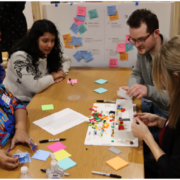 Photo Credit: Ilya Adeev
Photo Credit: Ilya Adeev 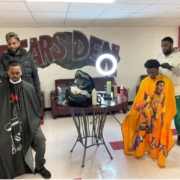



 Courtesy of the author
Courtesy of the author
Leave a Reply
Want to join the discussion?Feel free to contribute!